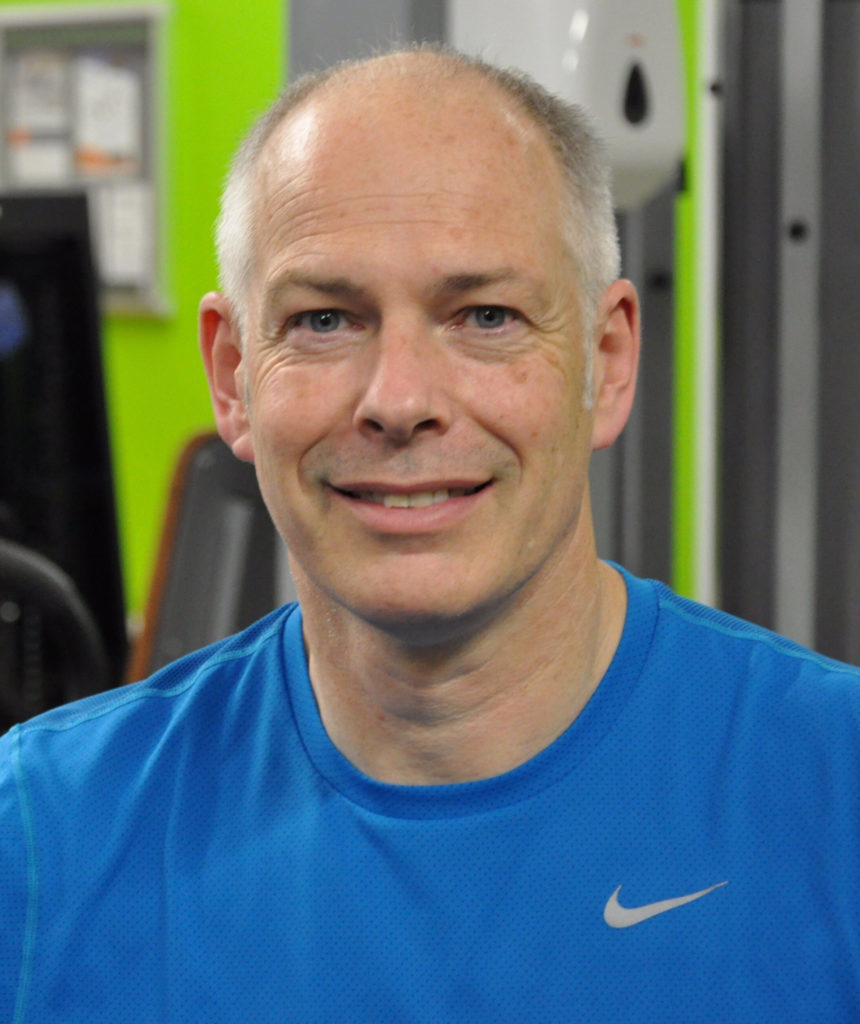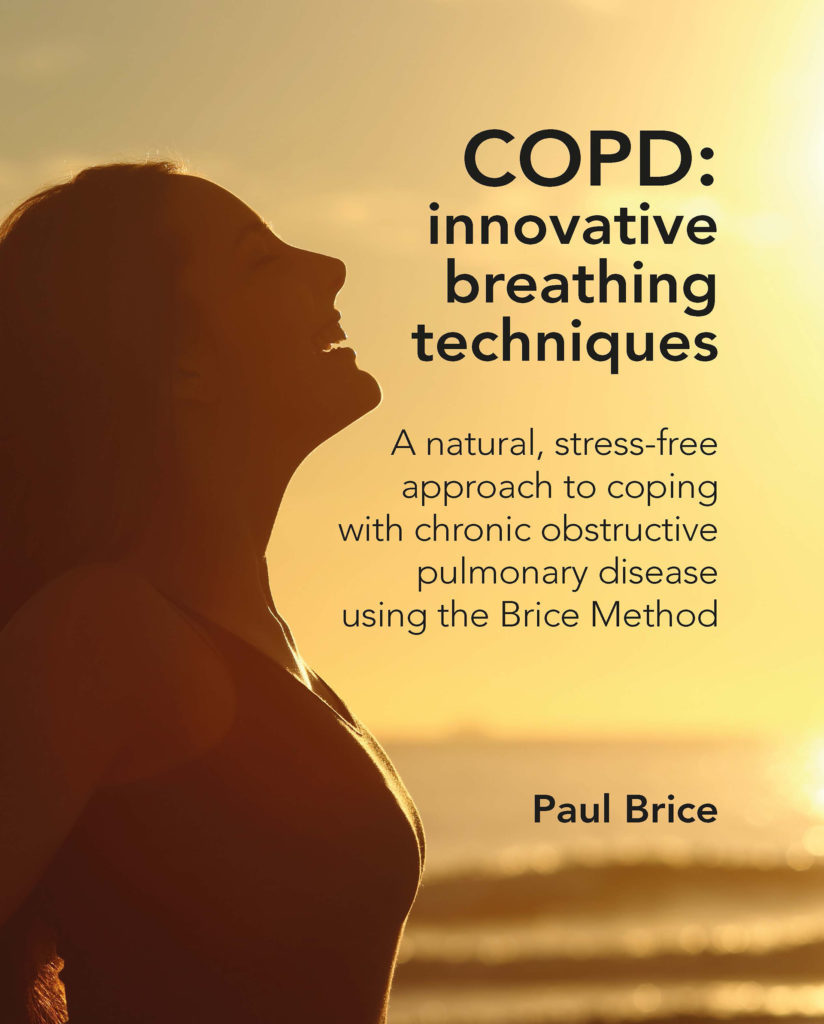COPD – What Can You Do To Help Yourself?

COPD (chronic obstructive pulmonary disease) is an umbrella term used to classify a number of conditions of the lungs that impair breathing. Bronchitis and emphysema are the two most frequent conditions under this umbrella term. The UK’s Health and Social Care Information Centre questioned medical practices in England and reported in March 2015 that over 1,034,578 people were registered with their GPs as having a diagnosis of COPD, an increase of over 2% in a single year.
Paul Brice is a Sports Scientist and Clinical Exercise Specialist, who has been working in the field of Exercise Rehabilitation for more than 20 years. Paul has treated patients using his method in his clinic at James Paget University Hospital, Great Yarmouth with a staggering success rate, with patients reporting an average a 64.5% improvement in their quality of breath within the first session. A former international athlete himself, with a Joint Honours BSc in Sports Science and Biology, Paul has written ‘COPD: Innovative Breathing Techniques’ to guide readers through the Brice Method which he has developed to enable patients with COPD/breathlessness to maximise the use of the still healthy areas of their lungs.
Below Paul shares 5 things you need to know about COPD and what can be done to help yourself if you suffer from the condition:
- Breathlessness – a catch 22 situation
Like most chronic health conditions, COPD is usually linked to a gradual decline in both activity and fitness levels. The less activity you do, the less activity you can do, and the less you can do, the less you do. Over time this causes a decline in conditioning and your quality of life spirals downwards.
The good news is that, by doing simple selected exercises, using the body as nature intended, you can usually learn to breathe in a more relaxed fashion and allow yourself to regain some level of fitness and quality of life.
- Your lungs work through air pressure changes
We all take our lungs for granted until they don’t work properly. Very few of my patients understand how their lungs actually work.
The first thing I do is teach patients that their lungs are very large, taking up the large majority of the space inside the rib cage. When the rib cage expands and the diaphragm draws down on to the abdomen, the air pressure in the lungs drops below the outside air pressure drawing air in without much effort. The reverse process takes place when we exhale. Once patients understand that expanding the lungs draws air in, the penny drops that they can play a part in their own self-treatment.
- Slumping prevents you from breathing properly
Most people with COPD gradually spend more and more of their time sitting down. Sitting for long periods can cause our bodies to slump. When we slump, our head and shoulders lean forwards and push down on to the rib cage making it hard, if not impossible, for the lungs to expand. This in turn forces the diaphragm (the key muscles for inspiration) down on to our abdomen, preventing it from working effectively.
If you are aware that you slump, you can help yourself by sitting or standing up tall and opening the chest. In this position, the lungs can draw air into the chest with less restriction.
Learning to expand your lungs by changing your posture takes regular practice! The vast majority of my patients benefit most when they are self-aware, and do a couple of simple breathing movements daily.
- You shouldn’t have to suck hard to inhale air
Most COPD patients I meet think they will strengthen their lungs if they work hard at breathing. I have found these people are setting themselves up for a lot of unnecessary discomfort, stress and anxiety.
I teach people to use simple movements to effectively open the chest right from the start. If you do this, you can find that your lungs expand automatically, drawing air in with little stress and effort. This is how nature intended your lungs to work, so relearning this can quickly help you feel more relaxed and you find you do not have to suck the air in hard.
- Exercise need not be hard work
If you have expanded your chest and have found the benefit of breathing in a more relaxed fashion, you should be able to gradually increase the amount of exercise you do. I would advise starting off doing exercises that coordinate breathing with further expansion of the chest, and gentle rhythmic exercises where you can learn to control the breath consistently.
I recommend that you should not really get breathless until you have mastered relaxed gentle breathing alongside gentle movements, and then gradually increase the intensity over time. I recommend avoiding high intensity exercise that truly challenges your breathing, until you can do so without feeling anxious.
COPD: Innovative Breathing Techniques – a natural, stress-free approach to coping with chronic obstructive pulmonary disorder using the Brice Method written by Paul Brice, £15.99 and Ebook, £4.79.







